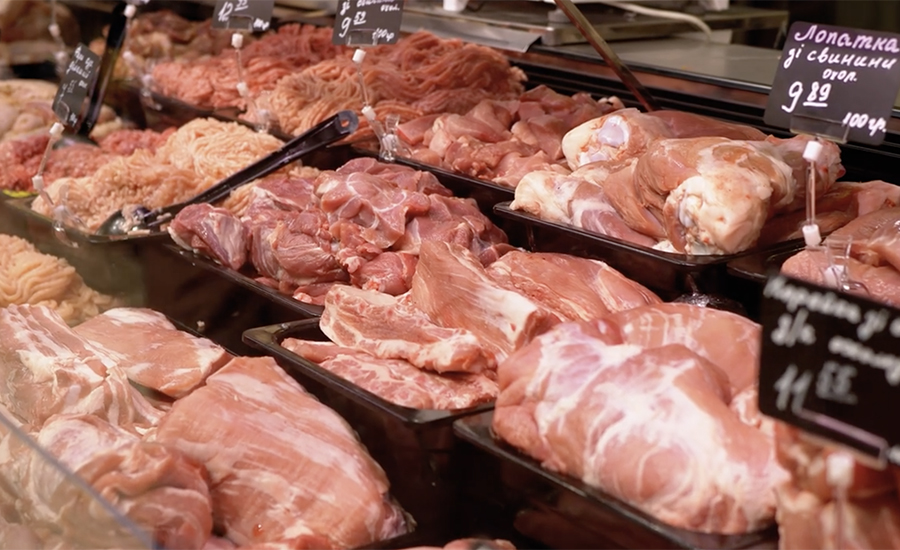Declining recalls suggest food safety improvements
The continuing decline in the number of recalls suggests the industry is doing a better overall job producing safe food.

It’s usually a bad day for a meat or poultry processor when USDA calls and states that the agency has discovered a problem with a product that will likely trigger a recall. Whether the problem is linked to an impermissible pathogen, an undeclared allergen, or a foreign material, the results are typically the same. The company, upon learning of the existence of a problem, will work to quickly and expeditiously identify the source of the issue and, if additional action is required, the scope of the potential recall. Once a recall is announced, the losses can be extreme. These include the costs of transportation, destruction, replacement, and exorbitant retailer fees – not to mention the potential impact to the overall brand.
Fortunately, in terms of recalls, the past few years have been kind to the processing industry. Or, stated differently, the processing industry has been kind to itself. While, five years ago, reading about 50 or more recalls in the first four months of each calendar year was not unheard of, the numbers of USDA-regulated product recalls have dropped in more recent years to record lows.
Indeed, so far this year, there have only been (at the time of this writing) a dozen recalls of USDA-regulated products. This follows a record low of only eight recalls in the first four months of 2020, and 15 recalls in the first four months of 2021. While many attributed the extreme decrease in the numbers of 2020 recalls to COVID-related distractions (perhaps, causing USDA to become less focused on product safety), the continuing decline in the overall numbers of recalls in 2021 and so far in 2022 suggests, instead, that the industry is likely doing a much better overall job producing safe food.
Of the 12 recalls that have been announced this year, six were announced because of an undeclared allergen, three were announced because the products were produced without the benefit of USDA inspection, two were announced because of the presence of an impermissible pathogen (one for E. coli O157:H7 in ground beef, and the other for Listeria monocytogenes in ready-to-eat beef jerky products), and one was announced because of a process deviation – in essence, 30,000 pounds of a ready-to-eat chicken product was found to be undercooked.
By way of protein categories, there have been six recalls involving beef products, four recalls involving poultry products, one recall involving pork, and one recall involving catfish. Yes, in addition to beef, poultry, and pork, USDA also regulates catfish. The unescapable conclusion from the low recall numbers in 2022 is that all segments of the meat and poultry (and catfish) industries appear to be doing very well when it comes to overall product safety.
So, congratulate yourselves for kicking off what appears will be a great year in food safety. And, keep up the phenomenal work. With continued compassion and commitment, you may be well on your way to making 2022 one of the safest meat and poultry years ever.
Looking for a reprint of this article?
From high-res PDFs to custom plaques, order your copy today!









